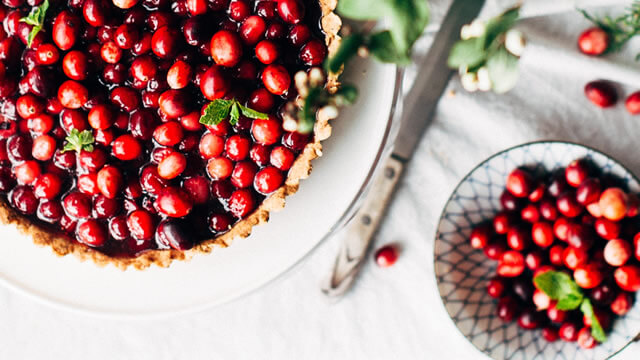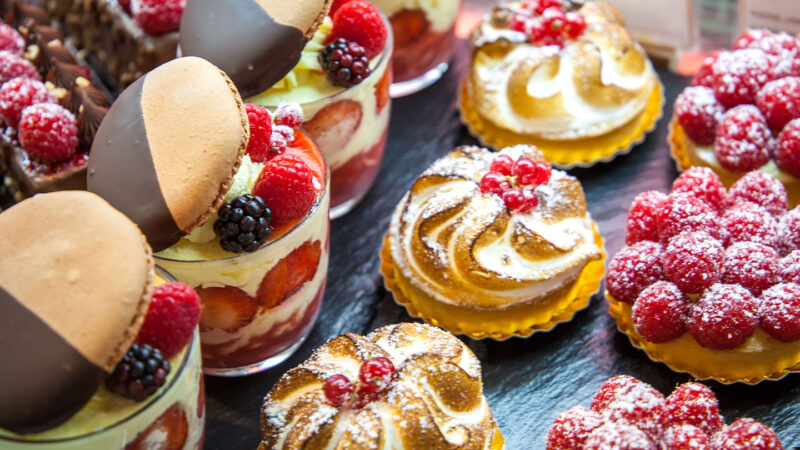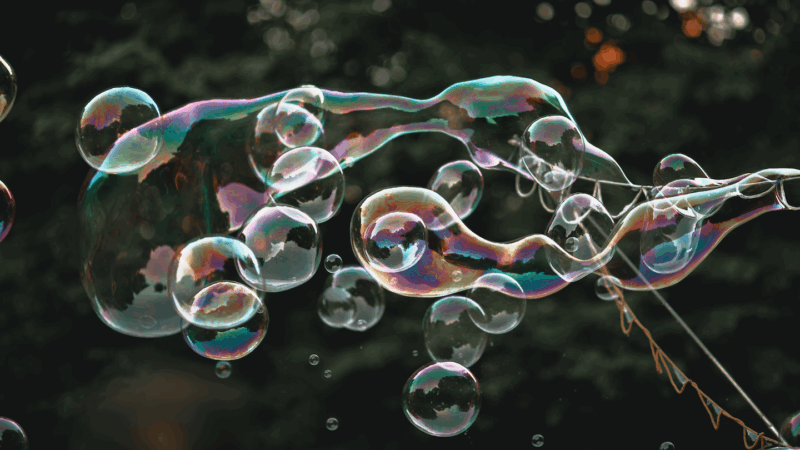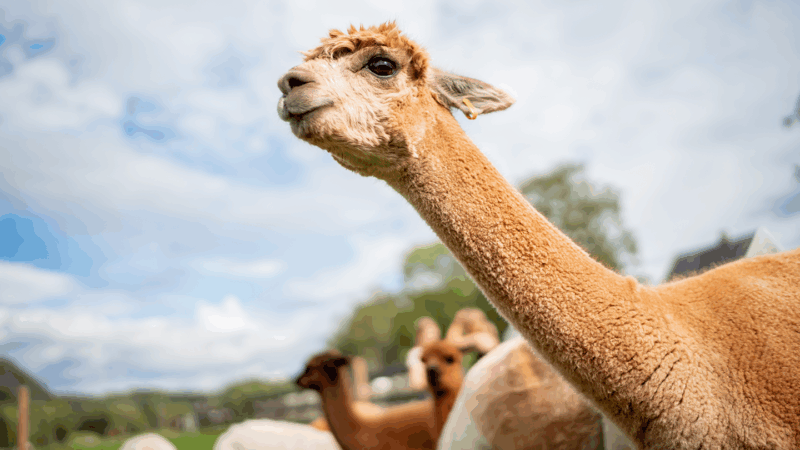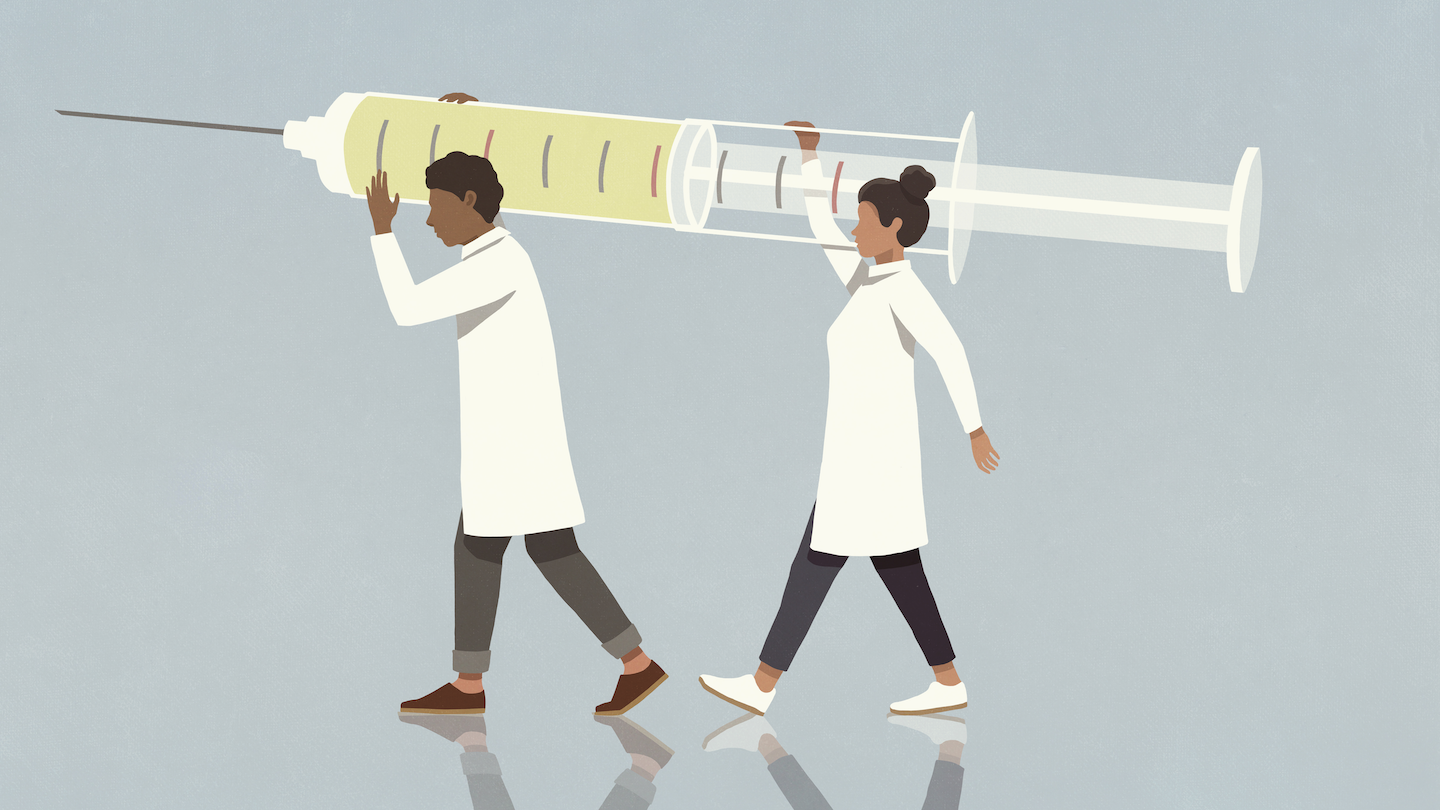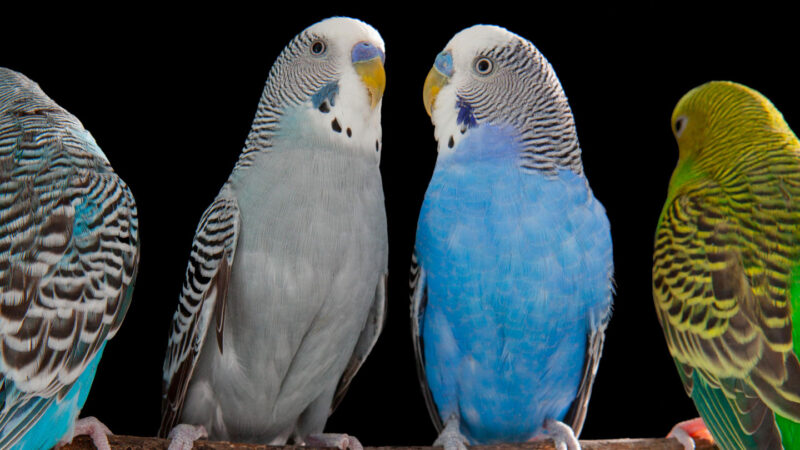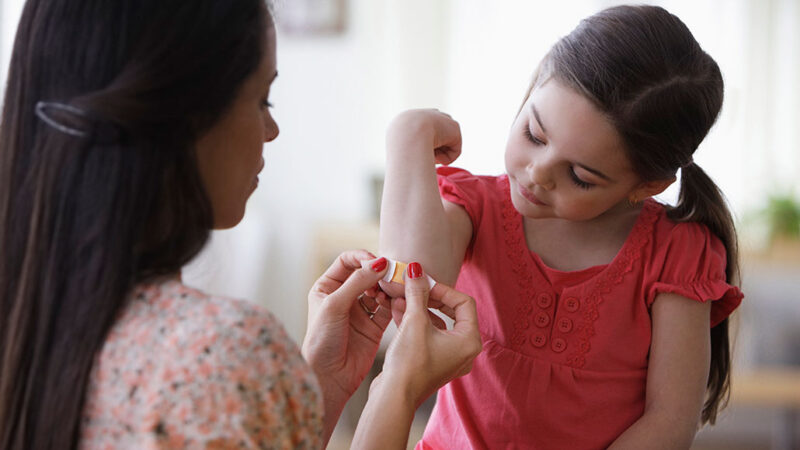[vc_row css_animation=”” row_type=”row” use_row_as_full_screen_section=”no” type=”full_width” angled_section=”no” text_align=”left” background_image_as_pattern=”without_pattern”][vc_column][vc_column_text]Here’s a bit of food science for you. In this activity, you’ll learn a bit about the science behind states of matter and create a delicious dish!
Here’s What You Need
- 12 ounces fresh or frozen cranberries
- 1 cup sugar
- 1 1/4 cup water
Here’s What You Do
NOTE: This activity requires adult supervision
Wash cranberries and pat dry. In a 2-quart saucepan combine sugar and water. If you like you can add a bit of orange rind and juice. Cook, stirring over medium heat until the sugar dissolves. Add cranberries to sugar syrup, bring to a boil, and cook until cranberry skins start to break or pop – about 1 minute. Remove cranberries from the heat and pour into a 3-cup bowl or storage jars with lids to cool. Sauce can be stored, covered, in the refrigerator for up to 10 days, or placed in airtight jars in the freezer for up to 3 months. (Leave 1/2-inch space between sauce and jar lid.)
The Science Behind the Sauce
Making homemade cranberry sauce is a lot of fun and a great way to experiment with the creation of gels. What exactly is a gel? A gel can be thought of as a liquid that acts like a solid. The gel that you are probably most familiar with is Jell-O. The jelly you put on a peanut butter and jelly sandwich is also a type of gel. Cranberries and other fruits can be used to make gels and jellies because they contain a gummy substance called pectin. By boiling cranberries in water, we can extract the pectin from them and create a delicious gel known as cranberry sauce!
Did You Know
Research has ranked the cranberry as number one in antioxidants. A comparison of some of the most common fruits found that the little red berry — in its pure form — contained the highest quantity of disease-fighting phenols, a type of antioxidant that is believed to reduce the risk of chronic diseases such as cancer, stroke, and heart disease.[/vc_column_text][/vc_column][/vc_row]

